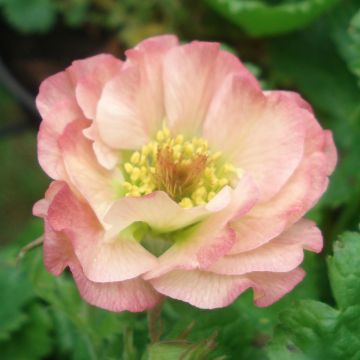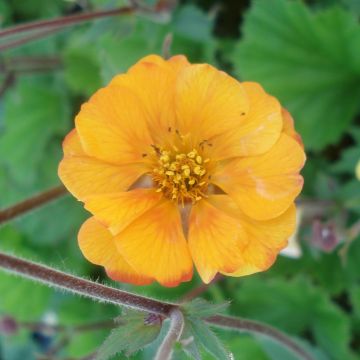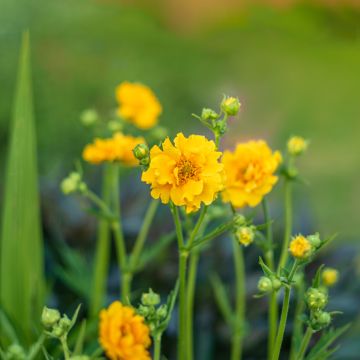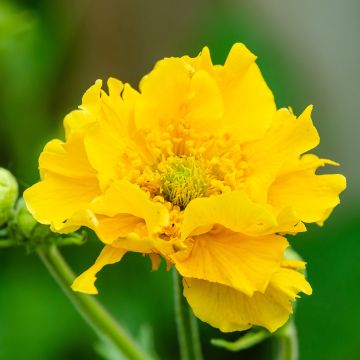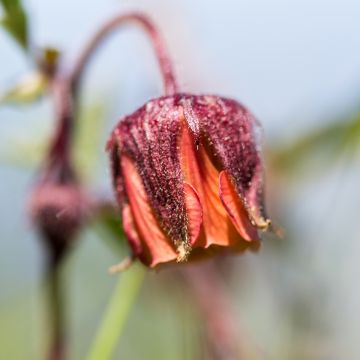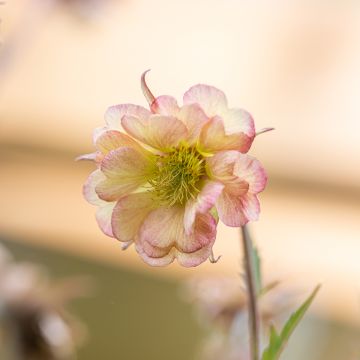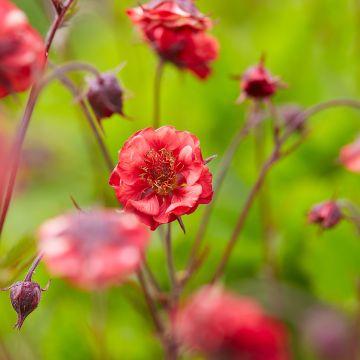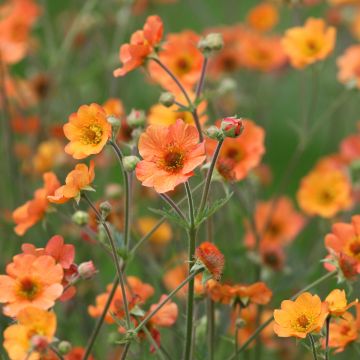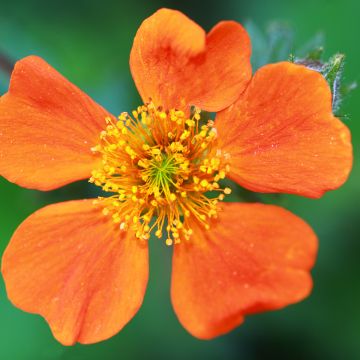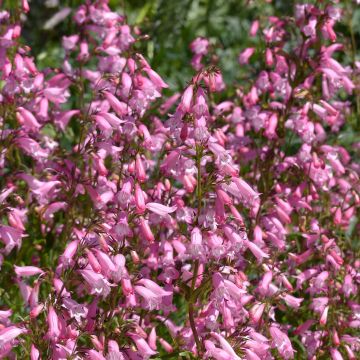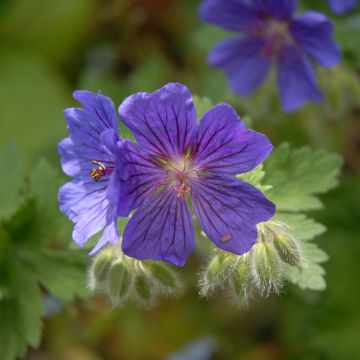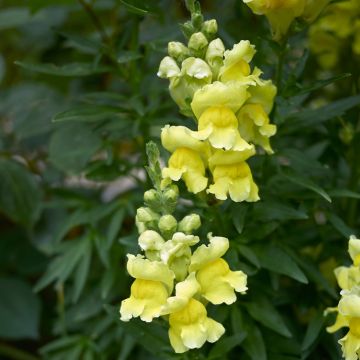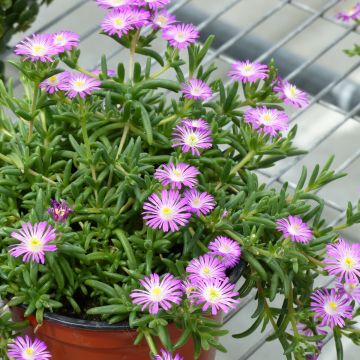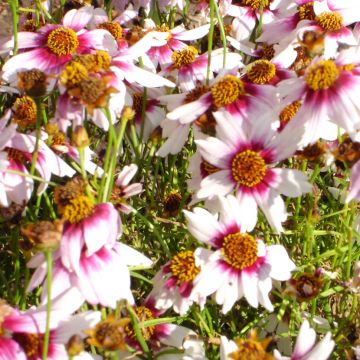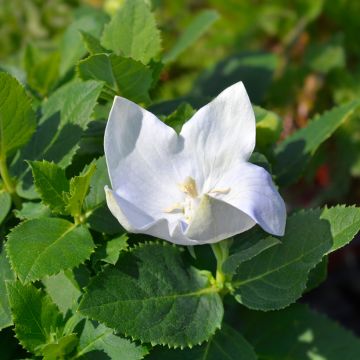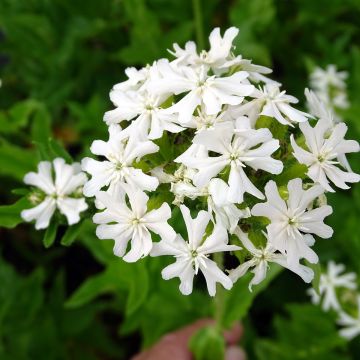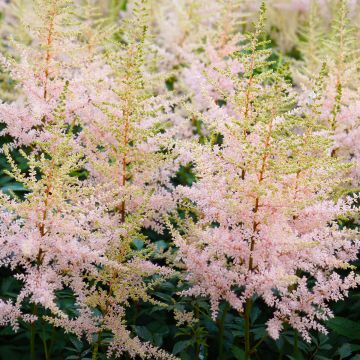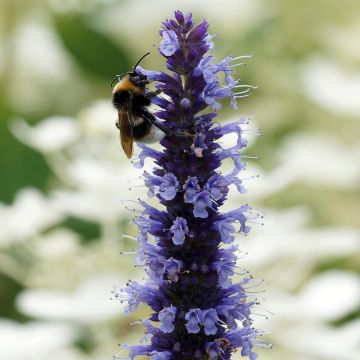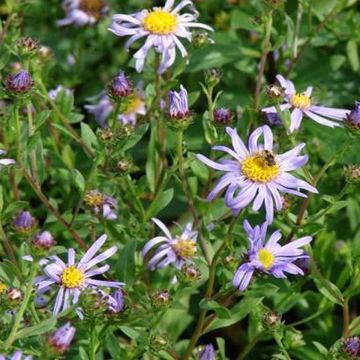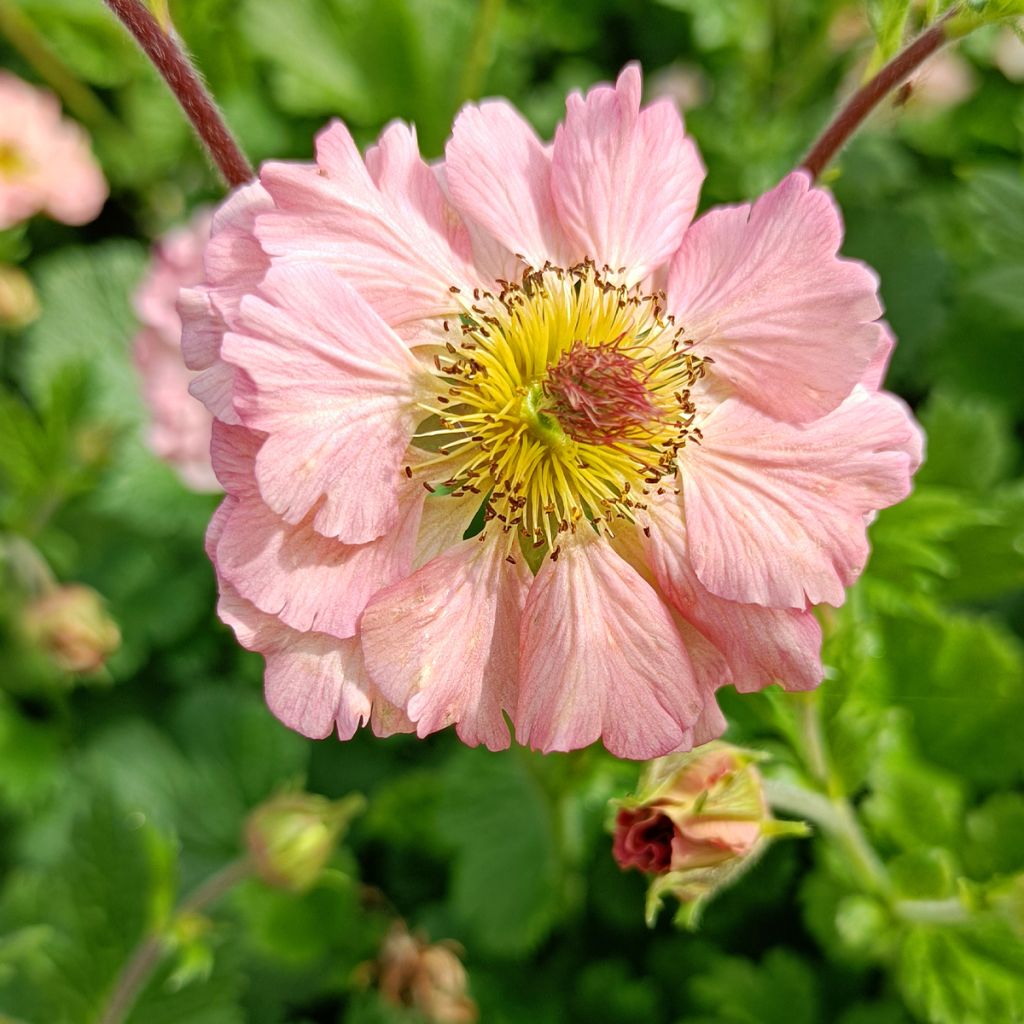

Geum rivale Mai tai
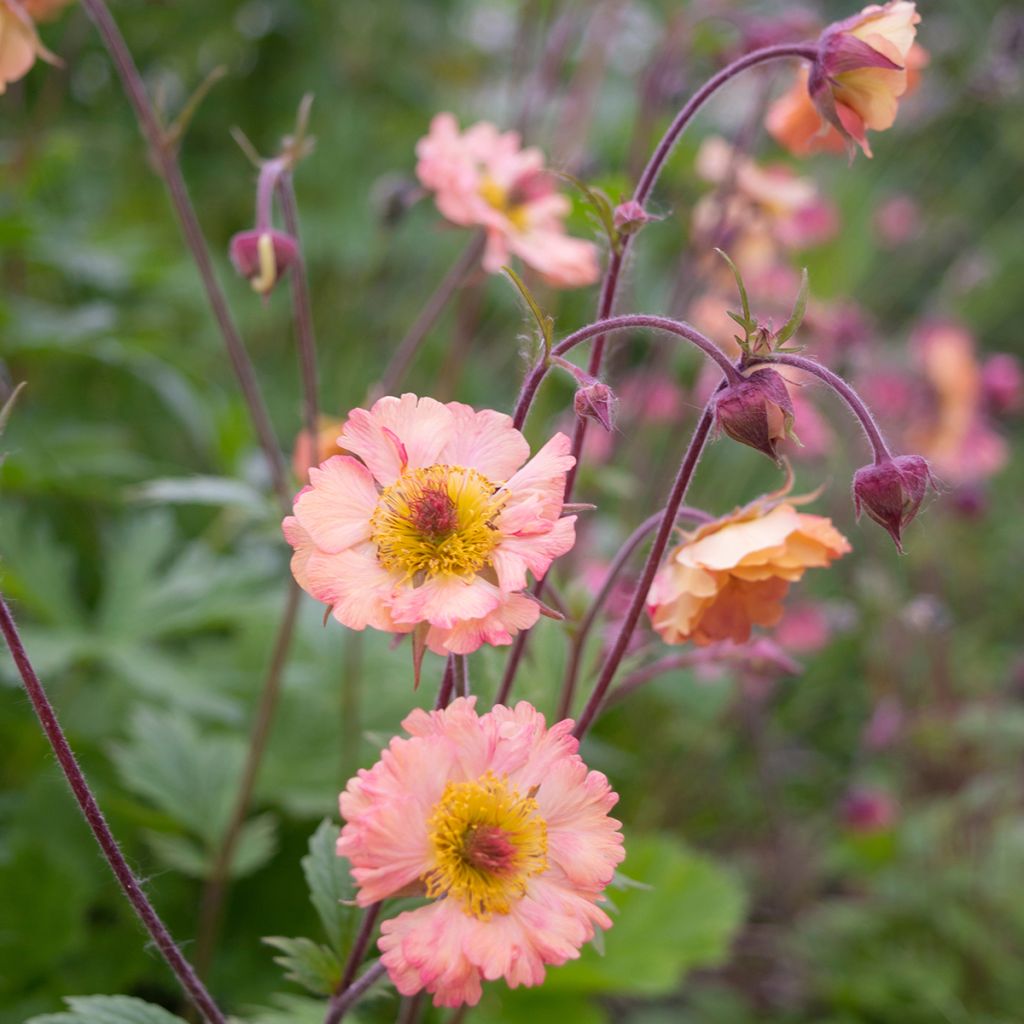

Geum rivale Mai tai
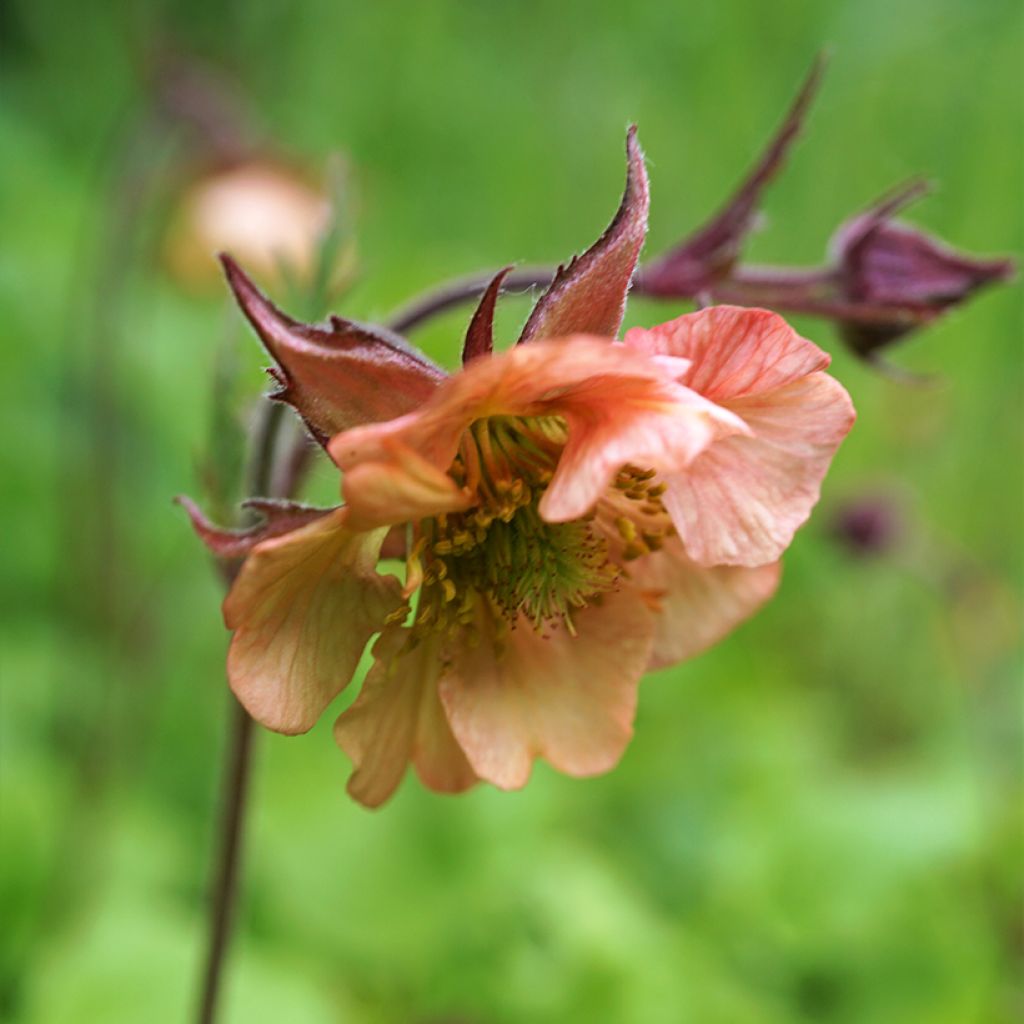

Geum rivale Mai tai
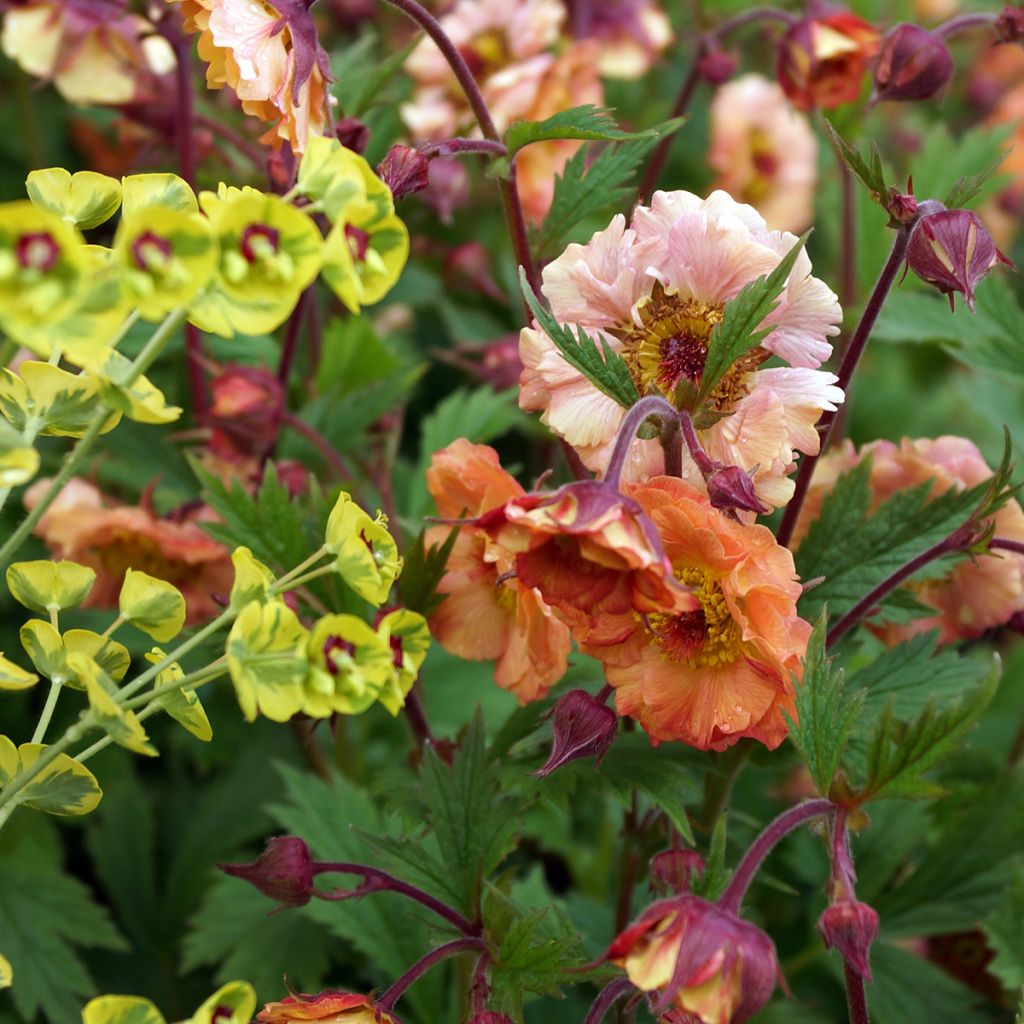

Geum rivale Mai tai
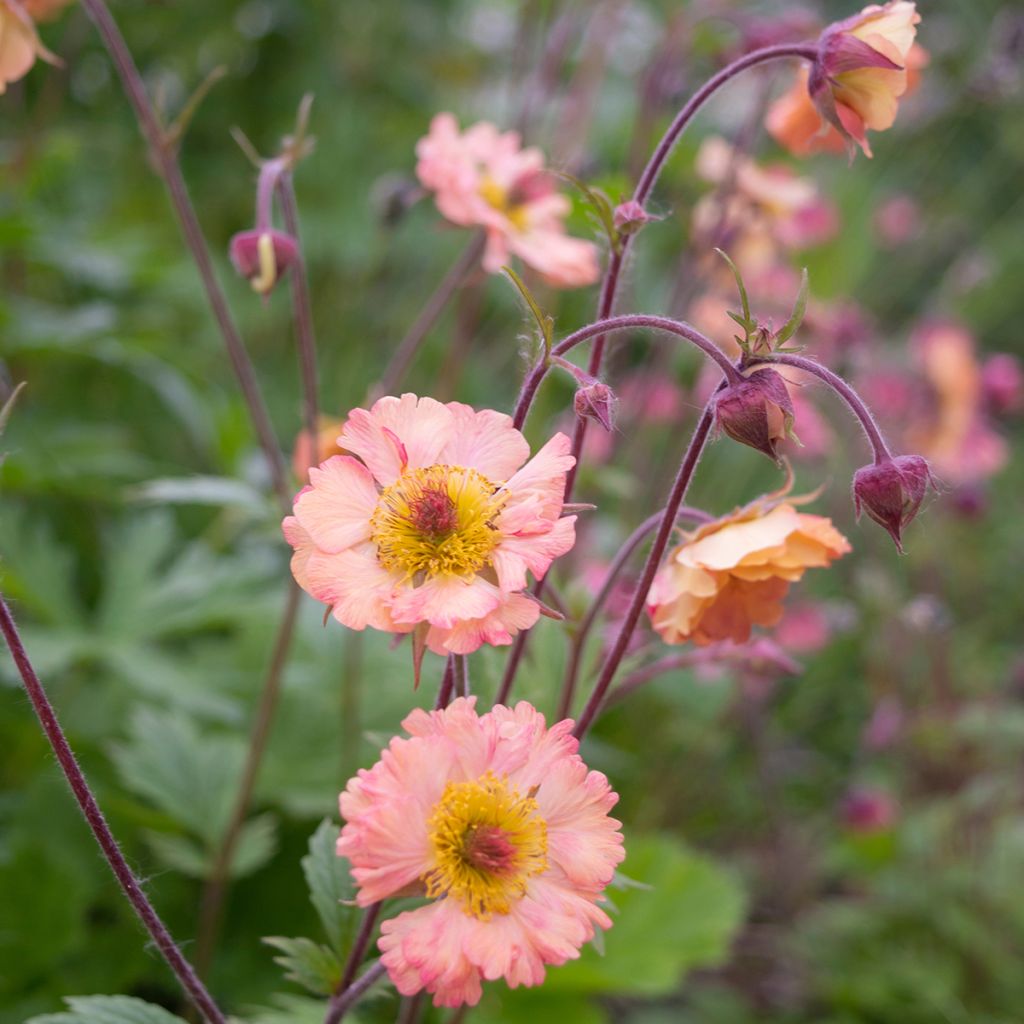

Geum rivale Mai tai
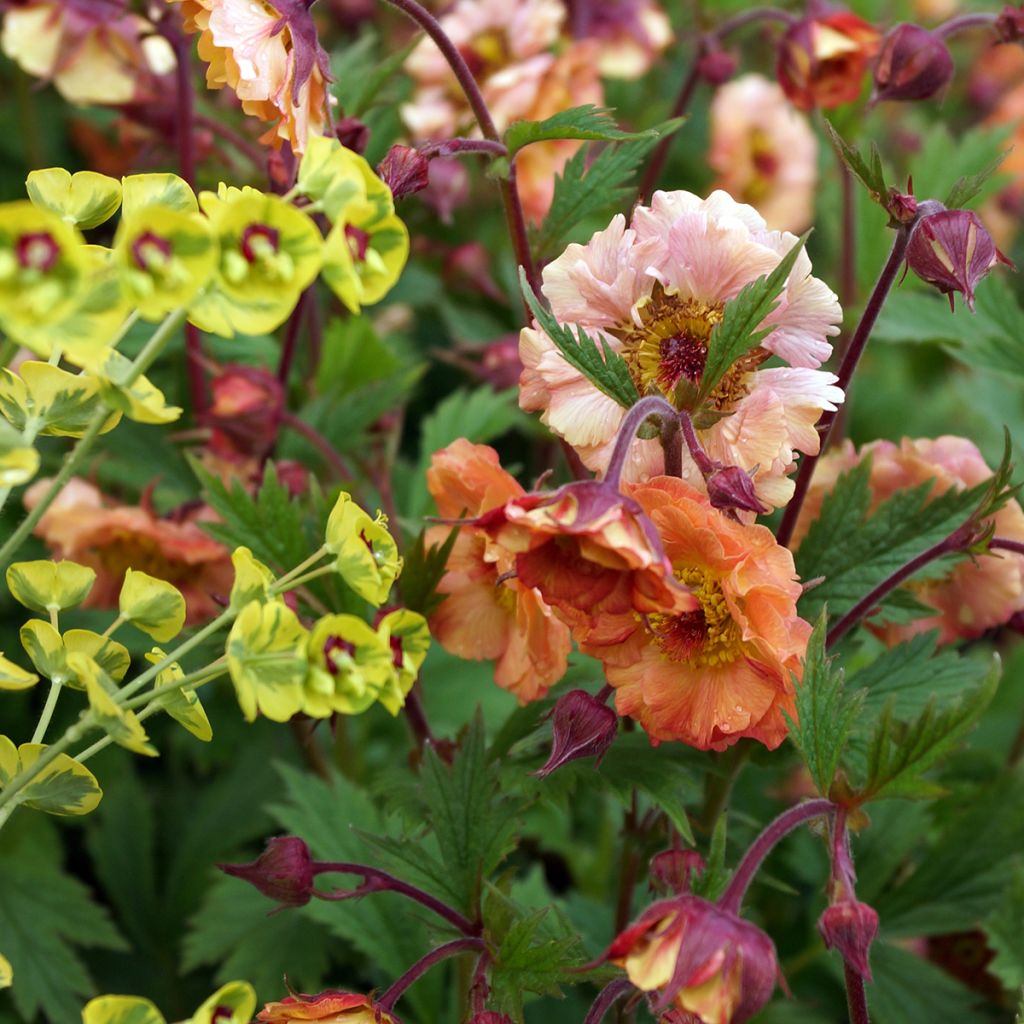

Geum rivale Mai tai
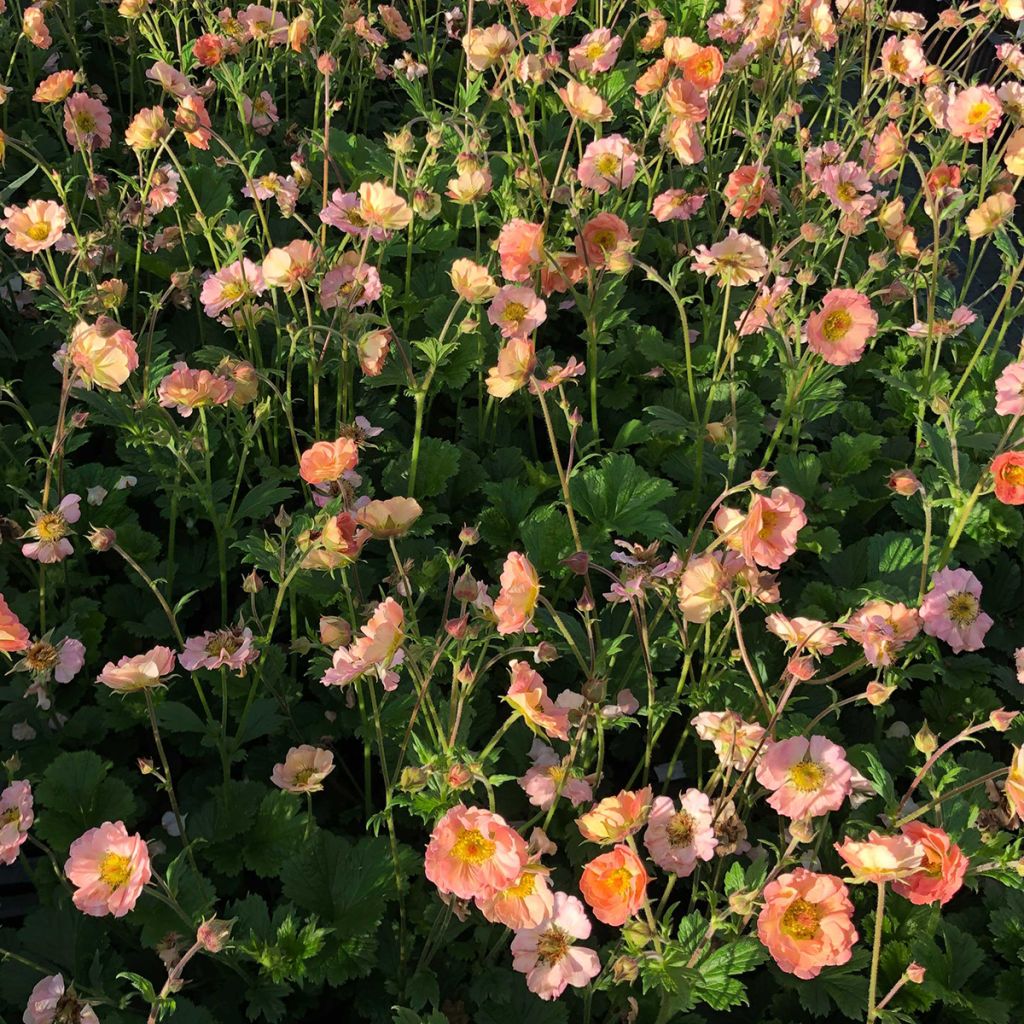

Geum rivale Mai tai
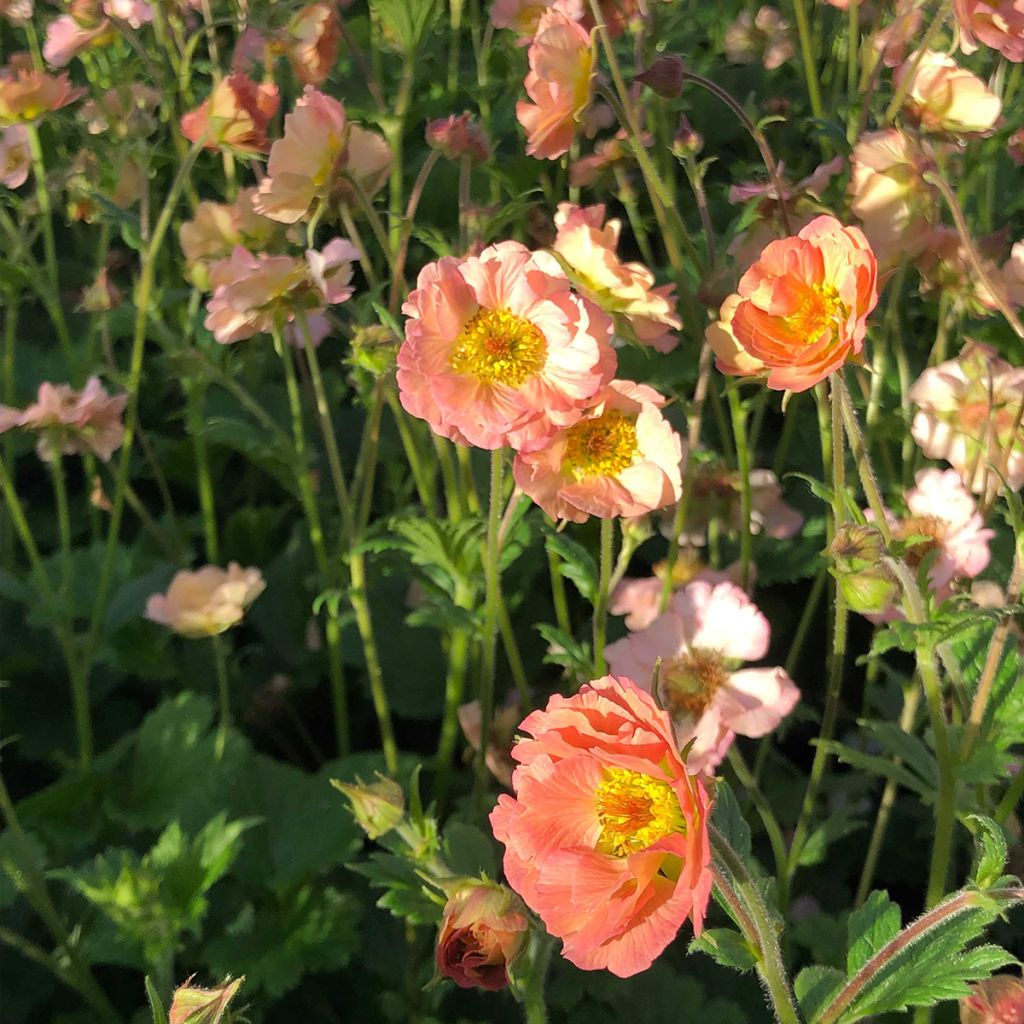

Geum rivale Mai tai
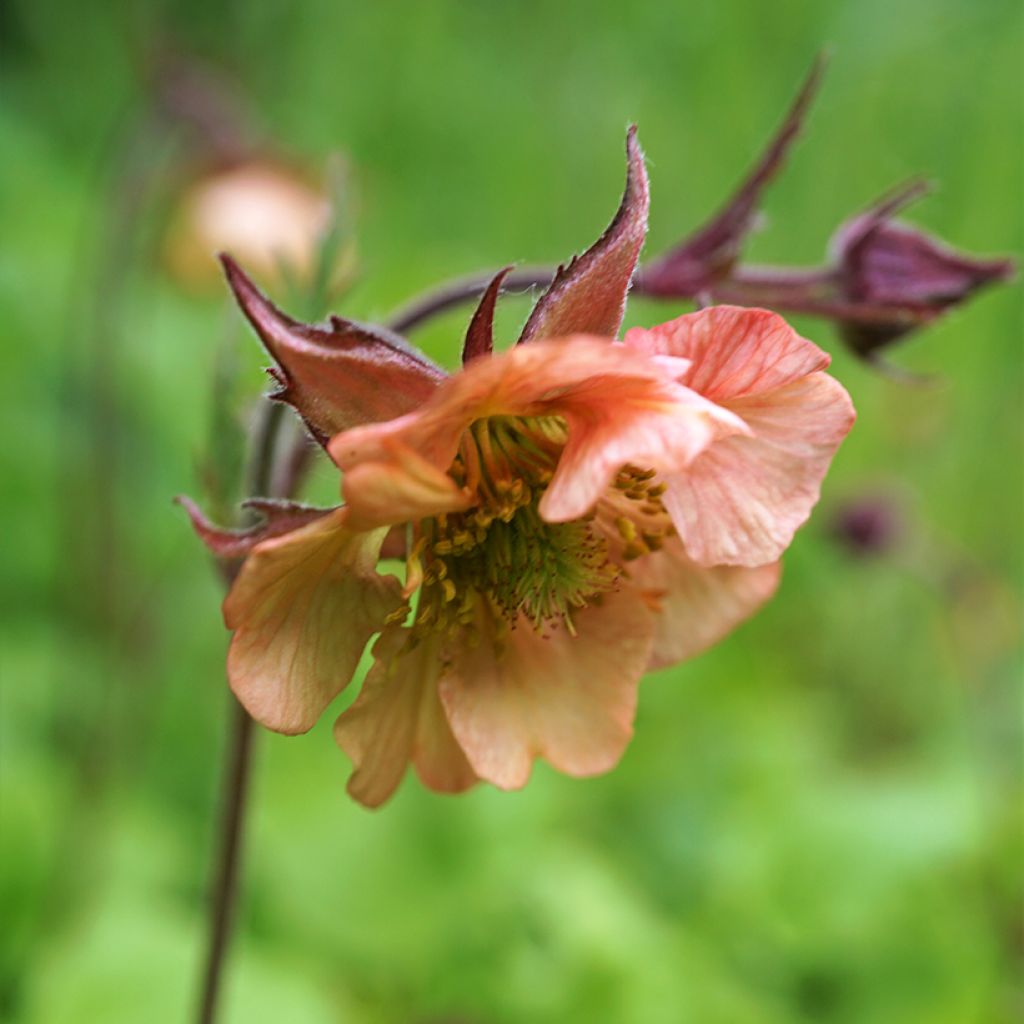

Geum rivale Mai tai
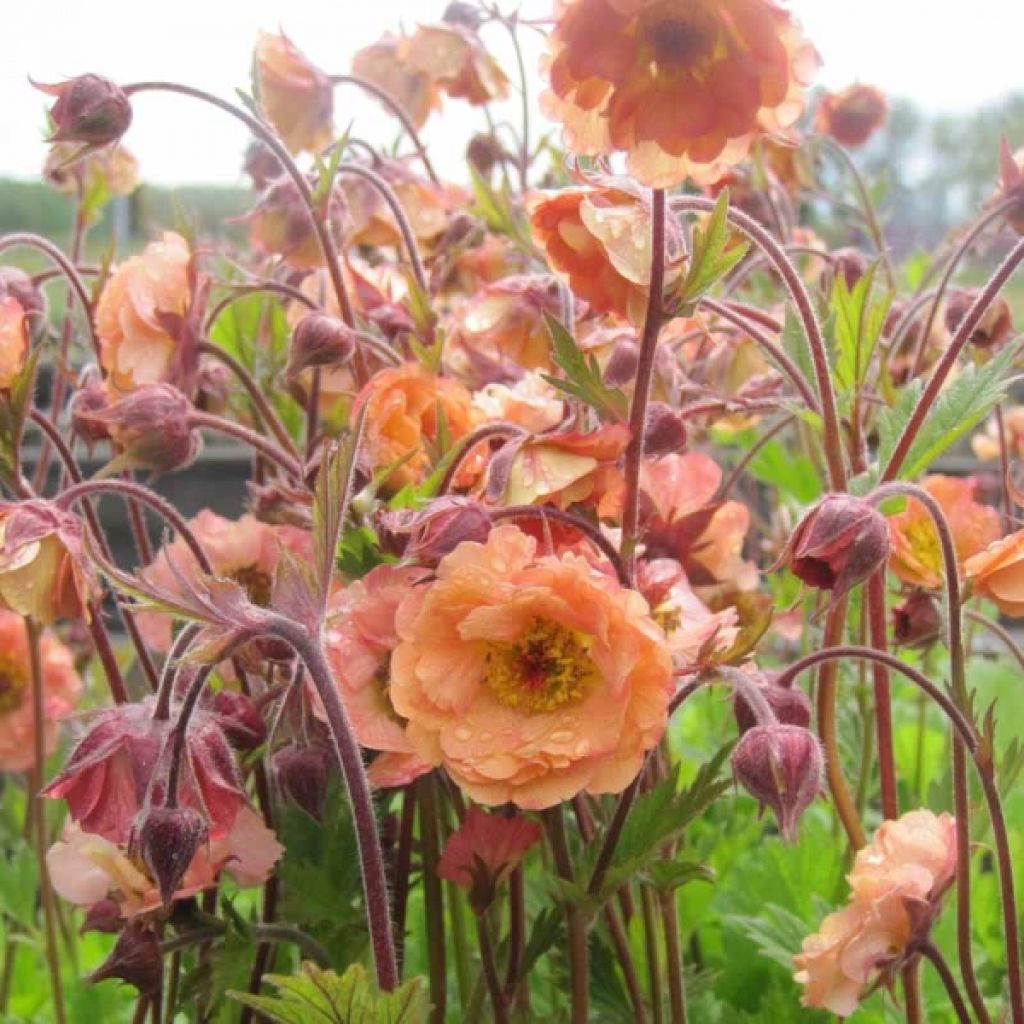

Geum rivale Mai tai
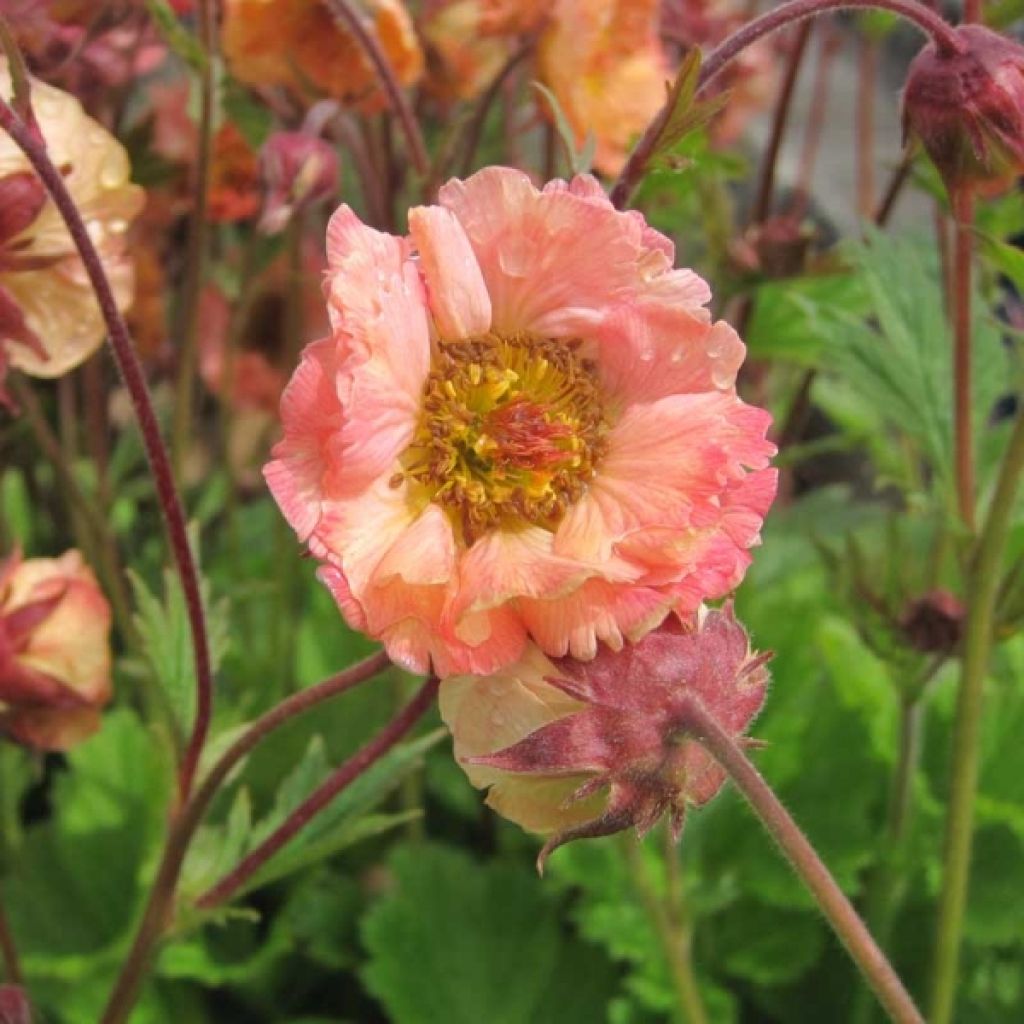

Geum rivale Mai tai
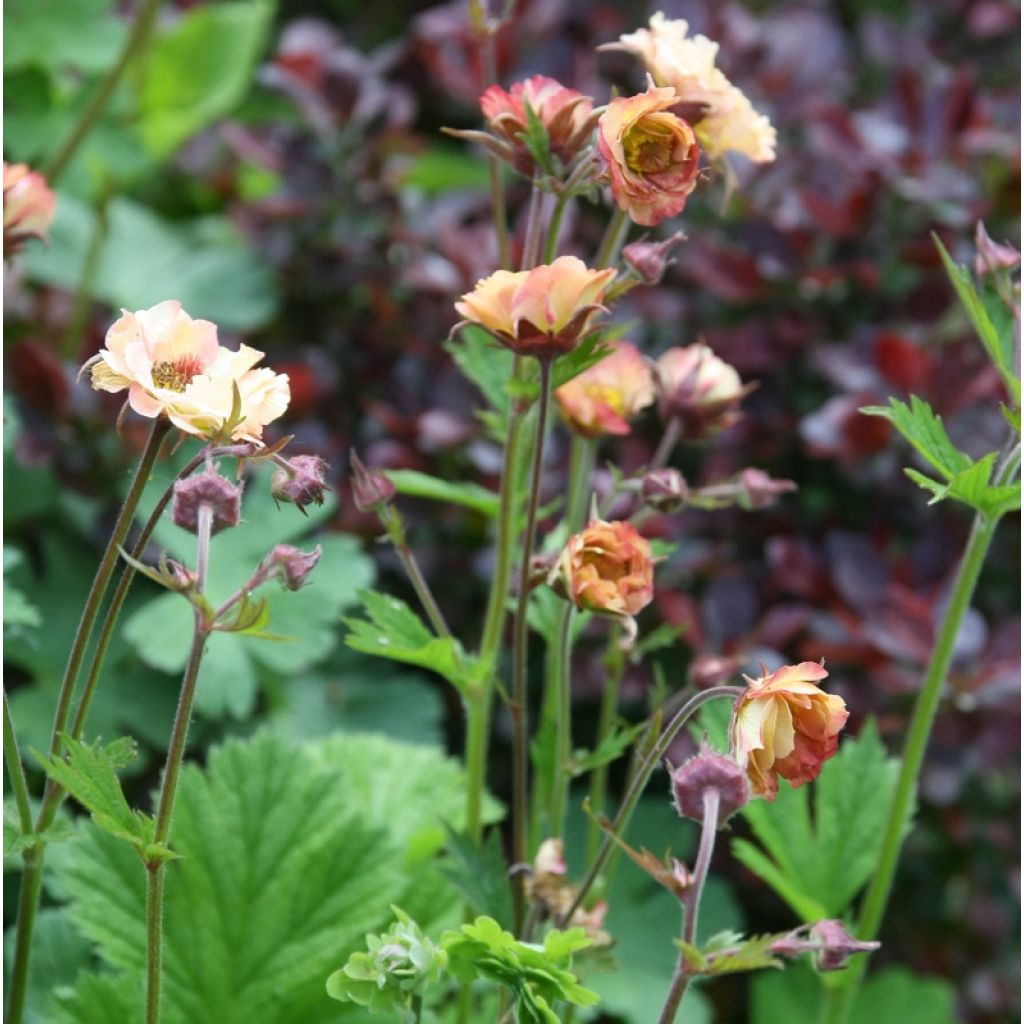

Geum rivale Mai tai
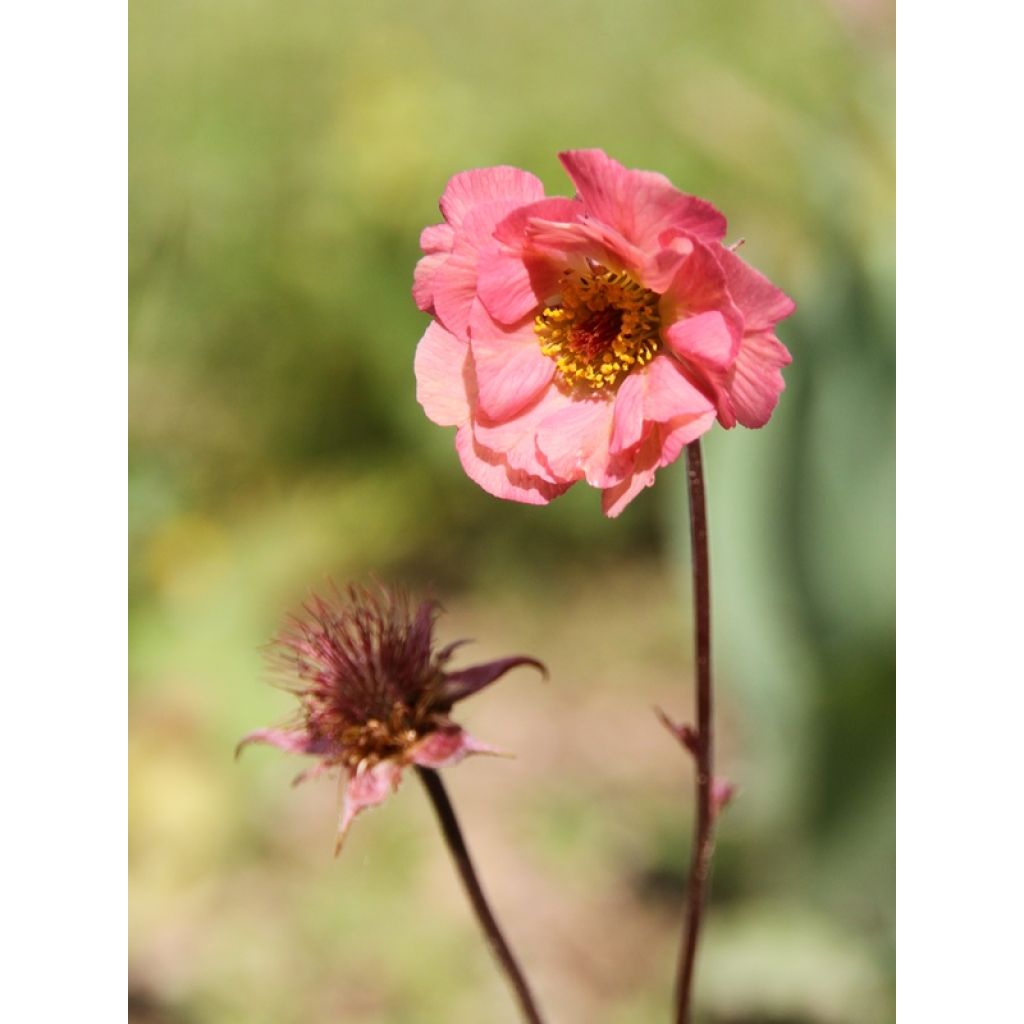

Geum rivale Mai tai
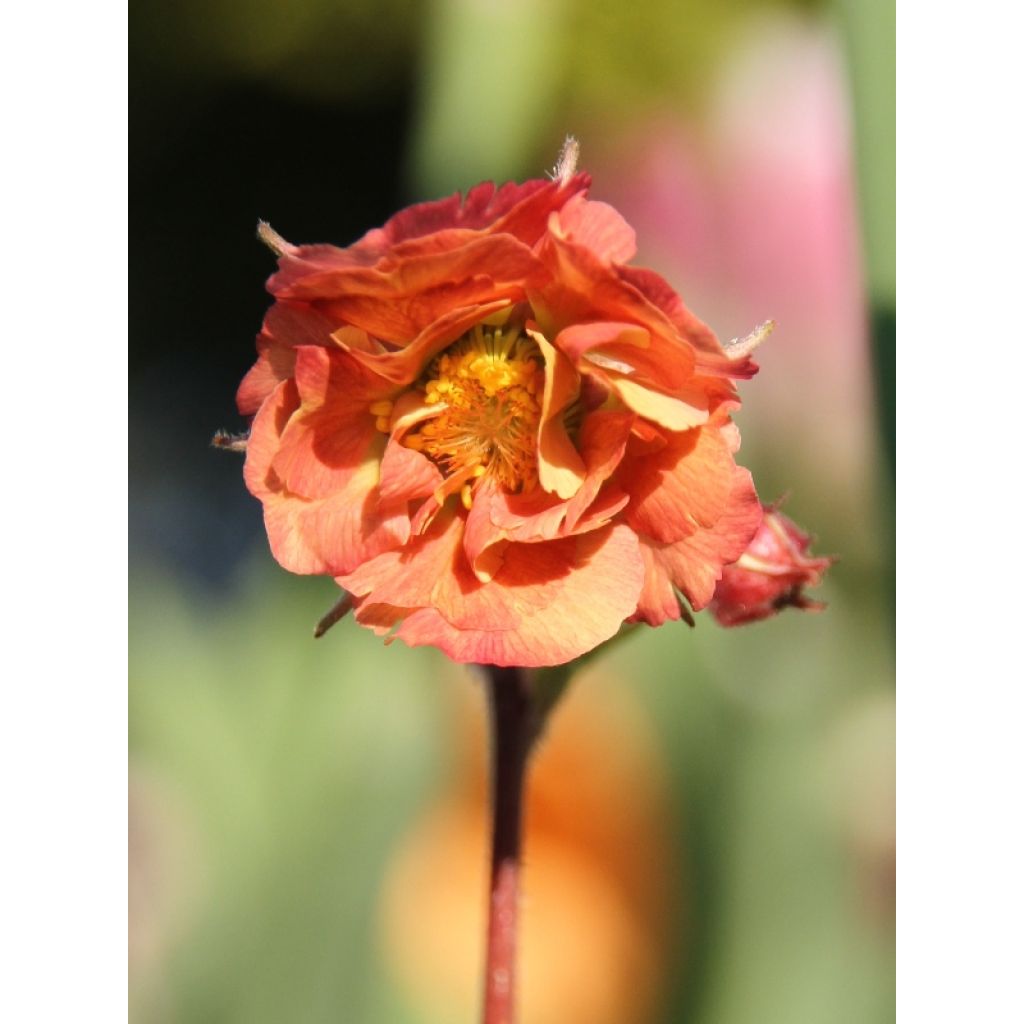

Geum rivale Mai tai
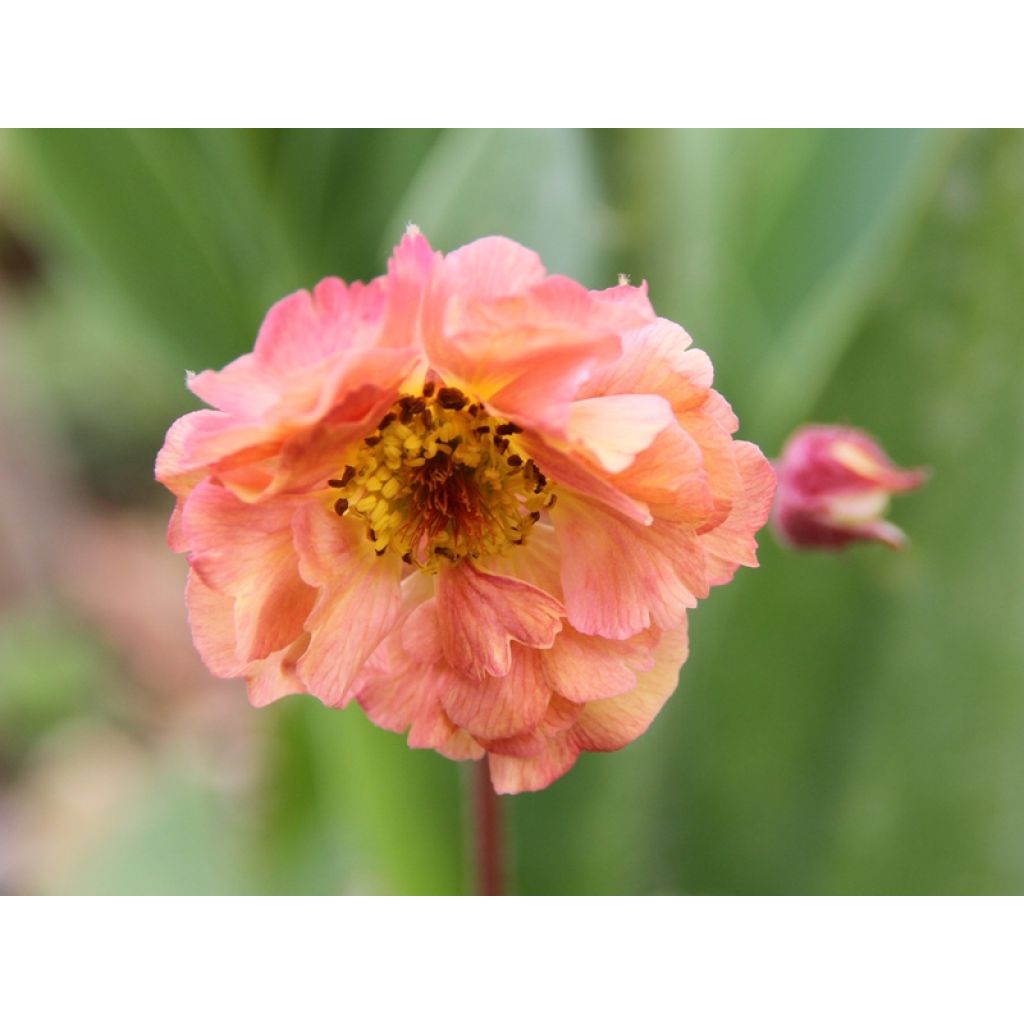

Geum rivale Mai tai
Geum rivale Mai tai
Geum x rivale Mai tai
Avens
I ordered 3 in different colours, none of them have flowered.
Lilli, 26/10/2024
This item cannot be shipped to the selected country
Delivery charge from €5.90
Delivery charge from €5.90
More information
Delivery charge from €5.90
Delivery charge from €5.90
More information
Schedule delivery date,
and select date in basket
This plant carries a 12 months recovery warranty
More information
We guarantee the quality of our plants for a full growing cycle, and will replace at our expense any plant that fails to recover under normal climatic and planting conditions.
From €5.90 for pickup delivery and €6.90 for home delivery
Express home delivery from €8.90.
From €5.90 for pickup delivery and €6.90 for home delivery
Express home delivery from €8.90.

Does this plant fit my garden?
Set up your Plantfit profile →
Description
The Geum 'Mai Tai' is a variety of avens with a compact habit, as delightful as it is floriferous. From a carpet of soft, green leaves rise graceful stems tinged with red, bearing slightly crumpled flowers that gradually turn from apricot to salmon as they age, before transforming into feathery brown fruits. Together, they create a tender bouquet with the delicacy of a watercolor, which is hard to resist. In full sun, its warm color, without being garish, gives a taste of summer. In a sunny border, pair it with blue forget-me-nots, perennial geranium 'Patricia', or perennial flax for a stunning effect.
The genus Geum, from the family Rosaceae, is rich in about 50 species of herbaceous perennial plants native to temperate-colder regions of the Northern and Southern hemispheres. Hardy, avens appreciate sunny and open exposures, as well as cool but well-drained soils. Varieties derived from Geum rivale, a species found in wet mountainous areas, do not tolerate dry soils in summer.
The cultivar 'Mai Tai', resulting from the cross-breeding between the varieties 'Mango Lassi' and G. rivale 'Flames of Passion', was selected in Illinois, USA for its long flowering period and the quite fantastic color of its flowers. The plant forms a dense clump of basal foliage, about 30 cm (12in) wide, composed of erect leaves, 20 cm (8in) long in total including their 7 to 8 cm (3in) long petiole. They are divided into toothed and finely velvety leaflets, more or less persistent in winter, and have a fresh, almost acidulous, spring green color.
The very long flowering period begins in May and extends until August if faded flowers are regularly removed. The pendulous flower buds are wrapped in mauve-purple sepals. They open into single to semi-double flowers, with 5 to 8 petals, 3 - 4 cm (1 - 2in) in diameter, carried at a height of 40-45 cm (16-18in) above the ground on slightly purple-tinged stems. The slightly translucent petals of this avens evolve from orange at the opening to soft salmon pink, passing through peach. The fruiting is adorned with beautiful feathery brown aigrettes.
This avens will be perfect in a border, planted in groups of 3 or 5 plants to create a stunning mass effect, or even placed in a pot on the terrace or balcony. Hardy and very floriferous, the avens is an easy and accommodating plant, worth rediscovering for its simplicity and durability. It appreciates sunny or semi-shaded positions and grows in ordinary soil, but it needs to be cool and well-drained. To fully enjoy its magnificent flowering, give it some space to develop, and make sure to leave enough space around its base. It will blend beautifully with other spring and summer flowering perennials, its orange color contrasting cleverly with the blue of not-too-tall delphiniums, phlox, forget-me-nots, and perennial geraniums. By mixing several varieties of avens together, you can create sublime scenes with vibrant colors! In the sun, it pairs perfectly with daylilies, rudbeckias, scabiosa, as well as with small grasses like Stipa tenuifolia or pennata. Its marriage with heucheras is always successful.
Geum rivale Mai tai in pictures
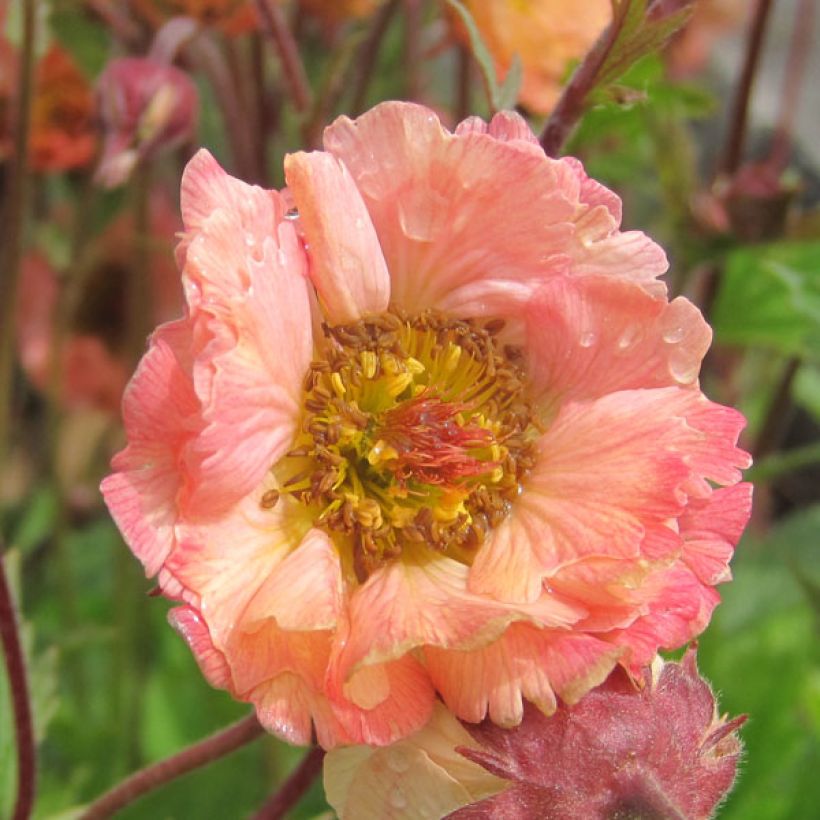

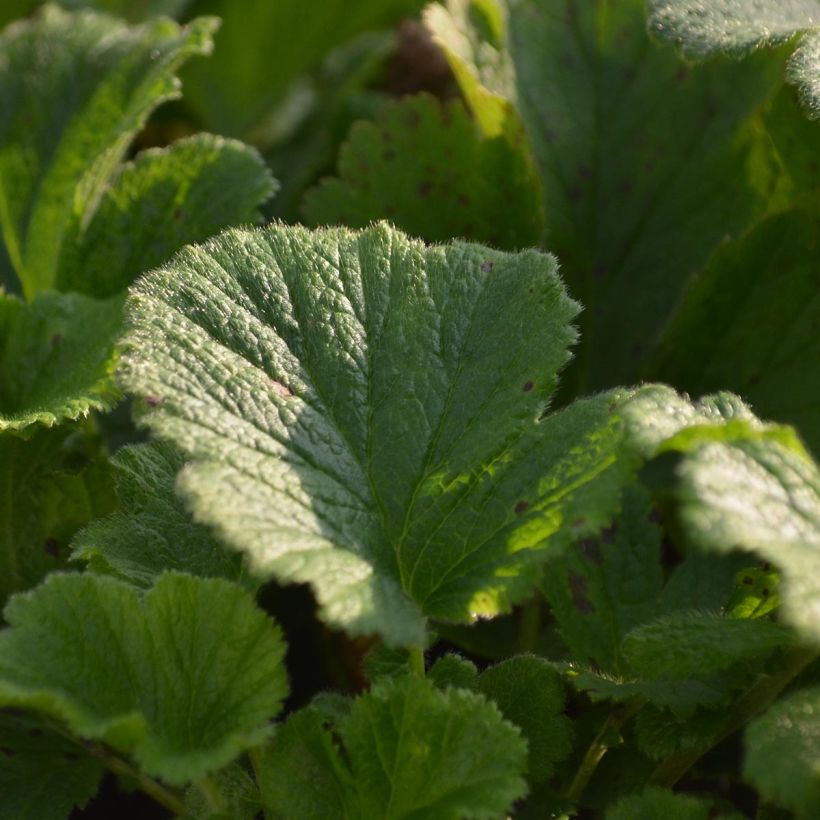



Flowering
Foliage
Plant habit
Botanical data
Geum
x rivale
Mai tai
Rosaceae
Avens
Cultivar or hybrid
Other Geum - Avens
Planting and care
The 'Mai Tai', hardy to at least -15°C (5°F), appreciates a sunny or semi-shaded location, as well as an ordinary to rich, light, moist, and very well-drained soil. Geums do not appreciate winter humidity, so it will be necessary to avoid waterlogged soils in winter. They also do not tolerate dry summers.
Planting can be done in spring or autumn. Be sure to regularly remove faded flowers to encourage the emergence of new flower buds and ensure continuous flowering. Since the lifespan of Geum is quite short, it is advisable to divide the clumps every 3 or 4 years, in spring or autumn. Regular organic fertilizer (compost) is beneficial to them.
Highly resistant to diseases, Geum are occasionally susceptible to sawfly larvae attacks, which can damage the foliage. Excessive soil and air dryness can also make Avens susceptible to powdery mildew.
Planting period
Intended location
Care
-
, onOrder confirmed
Reply from on Promesse de fleurs
Summer flowering perennials
Haven't found what you were looking for?
Hardiness is the lowest winter temperature a plant can endure without suffering serious damage or even dying. However, hardiness is affected by location (a sheltered area, such as a patio), protection (winter cover) and soil type (hardiness is improved by well-drained soil).

Photo Sharing Terms & Conditions
In order to encourage gardeners to interact and share their experiences, Promesse de fleurs offers various media enabling content to be uploaded onto its Site - in particular via the ‘Photo sharing’ module.
The User agrees to refrain from:
- Posting any content that is illegal, prejudicial, insulting, racist, inciteful to hatred, revisionist, contrary to public decency, that infringes on privacy or on the privacy rights of third parties, in particular the publicity rights of persons and goods, intellectual property rights, or the right to privacy.
- Submitting content on behalf of a third party;
- Impersonate the identity of a third party and/or publish any personal information about a third party;
In general, the User undertakes to refrain from any unethical behaviour.
All Content (in particular text, comments, files, images, photos, videos, creative works, etc.), which may be subject to property or intellectual property rights, image or other private rights, shall remain the property of the User, subject to the limited rights granted by the terms of the licence granted by Promesse de fleurs as stated below. Users are at liberty to publish or not to publish such Content on the Site, notably via the ‘Photo Sharing’ facility, and accept that this Content shall be made public and freely accessible, notably on the Internet.
Users further acknowledge, undertake to have ,and guarantee that they hold all necessary rights and permissions to publish such material on the Site, in particular with regard to the legislation in force pertaining to any privacy, property, intellectual property, image, or contractual rights, or rights of any other nature. By publishing such Content on the Site, Users acknowledge accepting full liability as publishers of the Content within the meaning of the law, and grant Promesse de fleurs, free of charge, an inclusive, worldwide licence for the said Content for the entire duration of its publication, including all reproduction, representation, up/downloading, displaying, performing, transmission, and storage rights.
Users also grant permission for their name to be linked to the Content and accept that this link may not always be made available.
By engaging in posting material, Users consent to their Content becoming automatically accessible on the Internet, in particular on other sites and/or blogs and/or web pages of the Promesse de fleurs site, including in particular social pages and the Promesse de fleurs catalogue.
Users may secure the removal of entrusted content free of charge by issuing a simple request via our contact form.

































